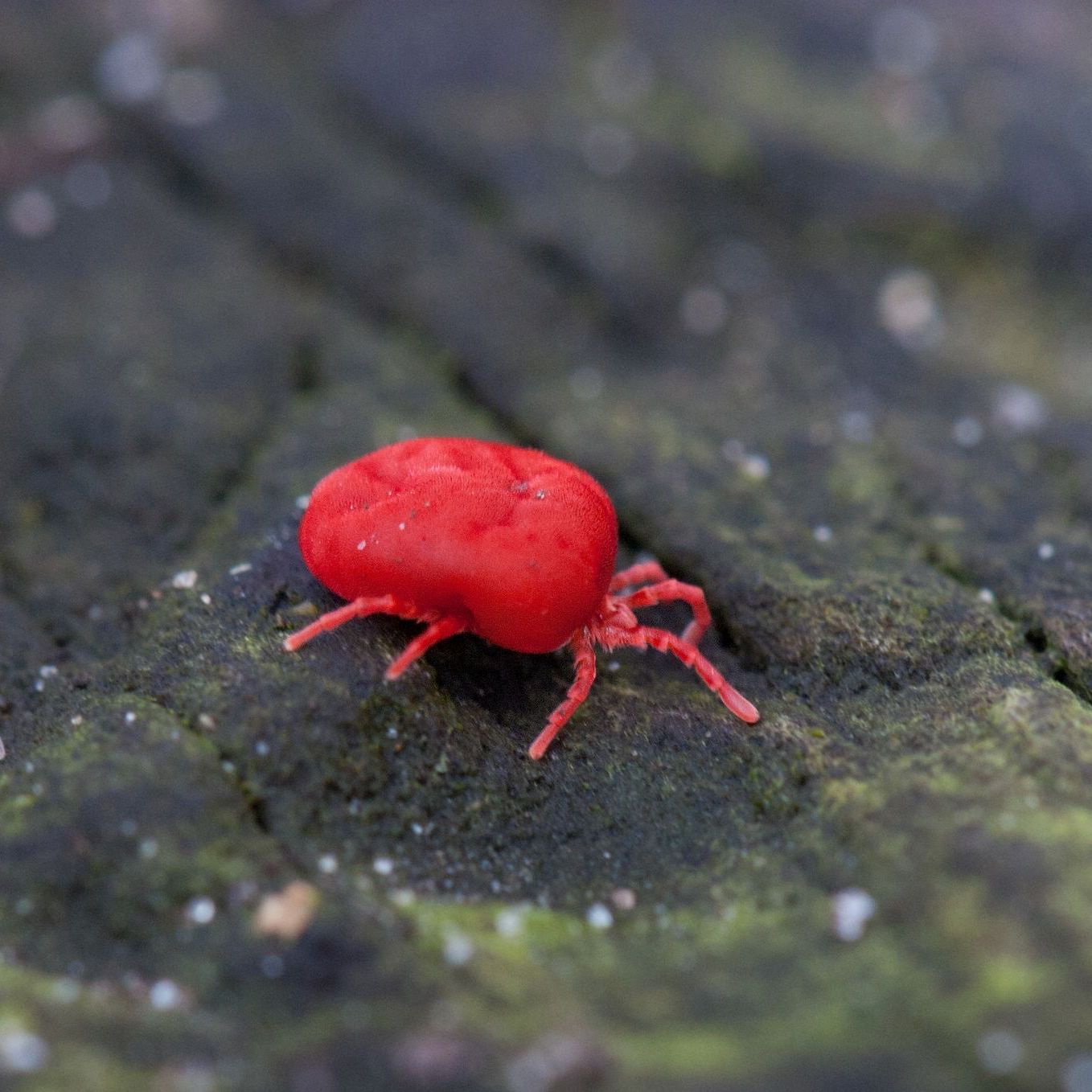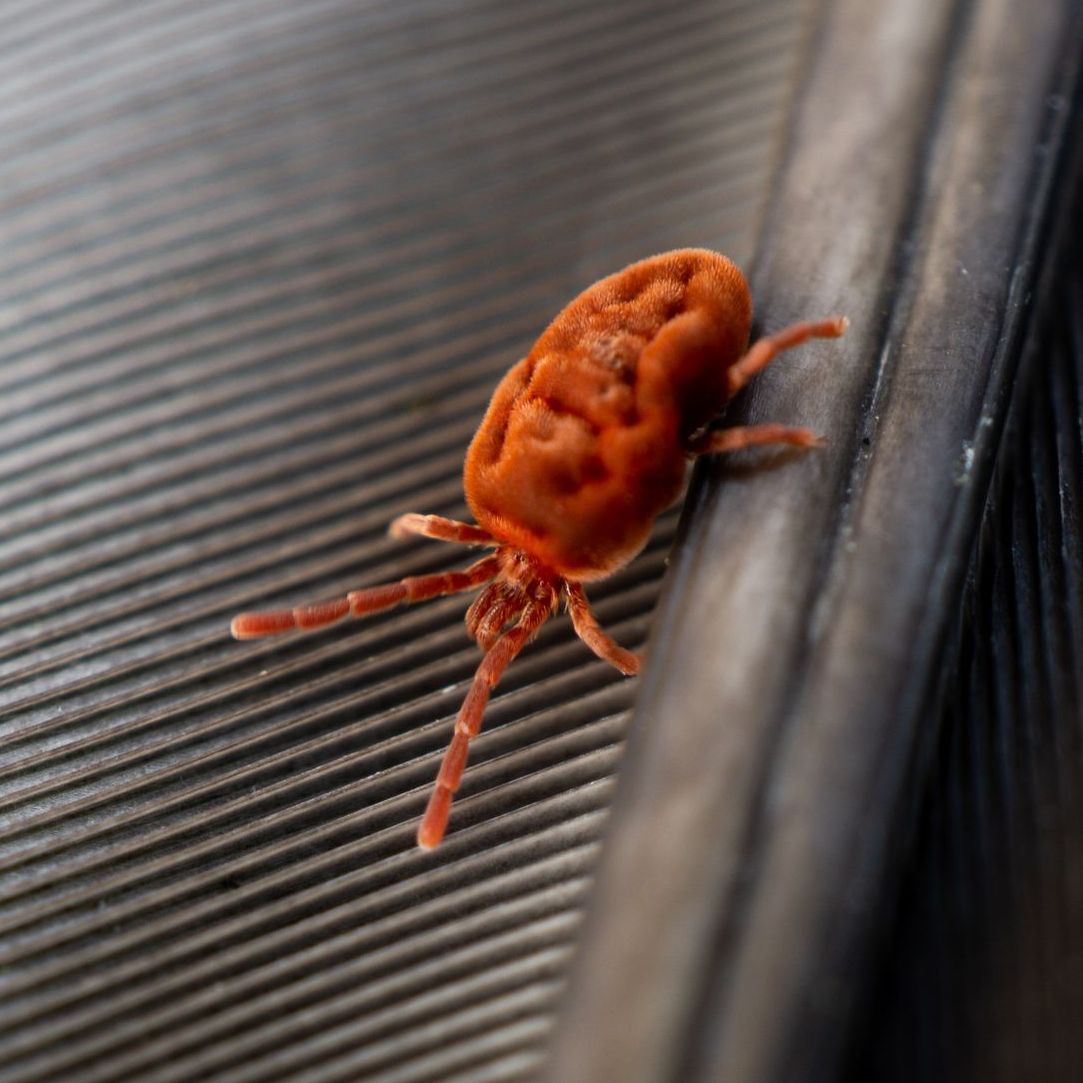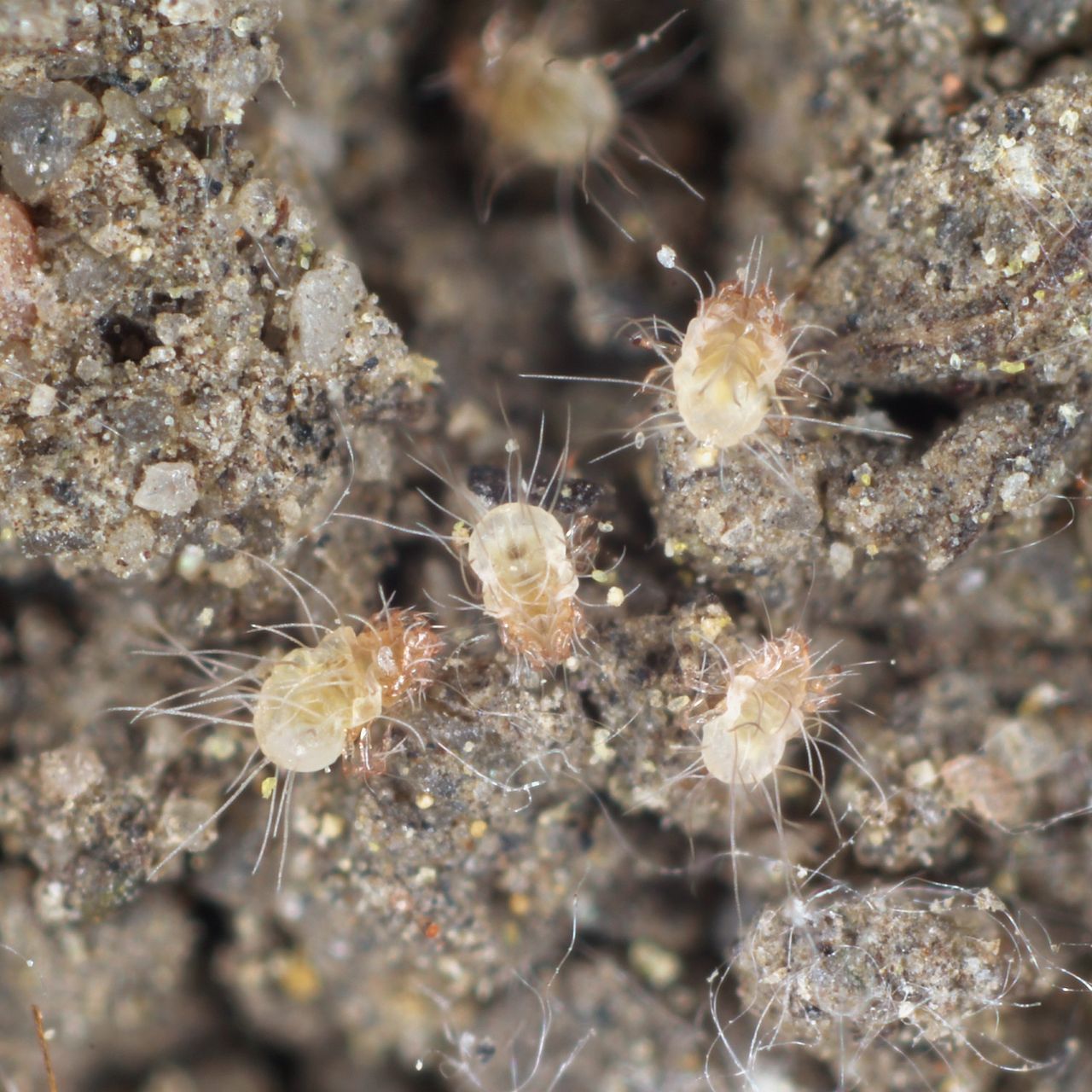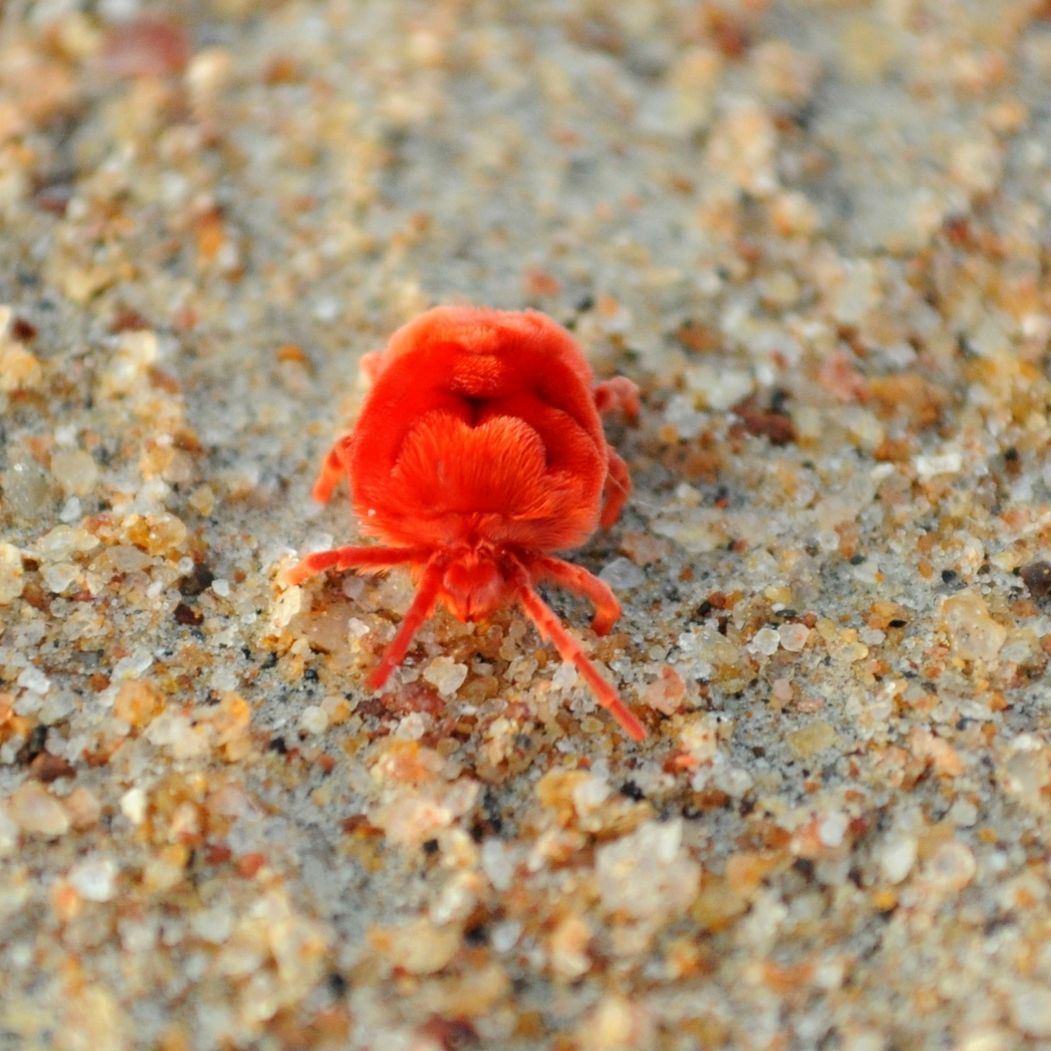Mites In North Texas

Chigger Mites
- Appearance:
- Chiggers are the larval stage of mites belonging to the family Trombiculidae.
- At this stage, they are extremely small, typically around 0.1 to 0.3 millimeters in size.
- Chigger larvae are usually reddish-orange or yellow in color.
- Habitat:
- Chiggers are commonly found in tall grass, weeds, and other vegetation in outdoor environments.
- They prefer humid and warm conditions.
- Chigger larvae are parasitic and feed on the skin cells of various hosts, including mammals, birds, and reptiles.
- Feeding Behavior:
- Chigger larvae are parasitic and feed on the skin cells of their hosts, not blood as commonly believed.
- They inject digestive enzymes into the host's skin, causing the surrounding tissue to become liquefied.
- Chiggers then feed on the liquefied skin cells.
- Bites and Symptoms:
- Chigger bites are characterized by intense itching, red welts, and sometimes blistering.
- The bites are often concentrated in areas where clothing is tight or where the skin is thinner, such as around the ankles, waist, and groin.
- The itching can be severe and may persist for several days.

Clove Mites
- Appearance:
- Clove mites are very small, with adults measuring about 0.5 millimeters in length.
- They have a reddish-brown to dark red color, and their bodies are oval-shaped.
- Clove mites have long legs relative to their body size, and they are often mistaken for tiny spiders.
- Habitat:
- Clove mites are commonly found outdoors, where they feed on various plants, grasses, and mold.
- They may become a nuisance when they migrate indoors, especially during the fall and winter months.
- Feeding Behavior:
- Clove mites are plant feeders, and they use their piercing-sucking mouthparts to extract sap from plants.
- They are known to feed on grasses, clover, weeds, and other outdoor vegetation.
- Behavior:
- Clove mites are known for their tendency to invade homes in large numbers, particularly during the fall and winter.
- They often enter buildings seeking shelter from cold temperatures.

Dust Mites
- Appearance:
- Dust mites are tiny, measuring about 0.2 to 0.3 millimeters in length.
- They have translucent bodies, and their eight legs distinguish them as arachnids.
- Habitat:
- Dust mites thrive in warm, humid environments.
- They are commonly found in household dust, bedding, mattresses, carpets, upholstered furniture, and other soft furnishings.
- Diet:
- Dust mites feed on organic matter, primarily skin cells shed by humans and pets.
- They also consume fungal spores and other debris found in dust.

Southern Red Mites
- Appearance:
- The adult Southern red mite is tiny, measuring about 0.5 millimeters in length.
- Females are generally larger than males.
- The mite's body is oval-shaped, and it varies in color from red to orange.
- Habitat:
- Southern red mites infest a wide range of plants, including ornamental plants, fruit trees, and various crops.
- They are commonly found on the undersides of leaves, where they feed on plant juices.
- Feeding Behavior:
- Southern red mites use their specialized mouthparts to pierce plant cells and feed on the contents.
- Their feeding activity can lead to stippling, discoloration, and in severe infestations, defoliation of the host plant.